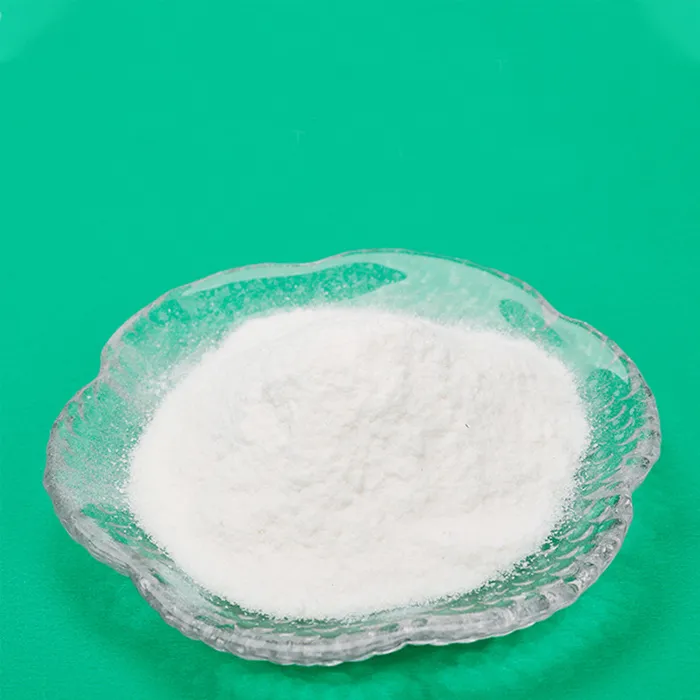Chlorophenothiazine An Overview of Its Properties and Applications
Chlorophenothiazine refers to a class of compounds derived from phenothiazine, a heterocyclic aromatic organic compound known for its diverse pharmacological properties. With a chemical structure characterized by a sulfur and nitrogen-containing bicyclic system, chlorophenothiazine compounds have garnered attention in the fields of medicinal chemistry and pharmacology. These compounds are often utilized for their therapeutic effects, particularly as antipsychotic medications, and their role in various medical applications.
One of the most significant aspects of chlorophenothiazine is its function as an antipsychotic agent. Chlorpromazine, one of the first antipsychotic drugs developed, belongs to this class and has been used extensively for the treatment of schizophrenia and bipolar disorder. Chlorpromazine works by antagonizing dopamine receptors in the brain, which helps restore the balance of neurotransmitters. Its introduction in the 1950s revolutionized psychiatric care, offering a new approach to managing severe mental health conditions and significantly improving patient outcomes. The effectiveness of chlorpromazine paved the way for the development of numerous other antipsychotic medications, each refined to target specific symptoms and minimize side effects.
Beyond its psychiatric applications, chlorophenothiazine compounds also exhibit antiemetic properties, making them useful in managing nausea and vomiting associated with chemotherapy and postoperative recovery
. These compounds help block signals in the brain that trigger the vomiting reflex, thereby improving the quality of care for patients undergoing challenging treatments. Additionally, chlorophenothiazine derivatives have been investigated for their potential use as tranquilizers, providing relief for patients requiring sedation for surgical procedures or other medical interventions.chlorophenothiazine

The versatility of chlorophenothiazine extends to its antimicrobial properties as well. Researchers have explored its efficacy against various bacterial and fungal infections, leading to its consideration as a candidate for developing new antimicrobial agents. This is particularly relevant in the context of rising antibiotic resistance, where discovering novel compounds that can combat resistant strains of bacteria is vital for public health.
The pharmacokinetics of chlorophenothiazine compounds also play a crucial role in their therapeutic efficacy. Factors such as absorption, distribution, metabolism, and excretion (ADME) significantly influence how these drugs interact with the body. The understanding of these properties allows for the optimization of drug formulations, enhancing their therapeutic effectiveness while minimizing adverse effects.
Despite their benefits, chlorophenothiazine compounds can be associated with a range of side effects, including sedation, weight gain, and extrapyramidal symptoms. These side effects highlight the importance of personalized medicine, as different patients may respond variably to these medications. Ongoing research is essential to address these challenges and to develop more targeted therapies that can maximize benefits while reducing risks.
In conclusion, chlorophenothiazine represents a significant class of compounds with a wide range of applications in medicine, particularly in psychiatry, antiemesis, and potentially antimicrobial therapy. As research continues, the understanding of these compounds will evolve, potentially leading to new therapeutic options and improved patient care in various medical fields.

